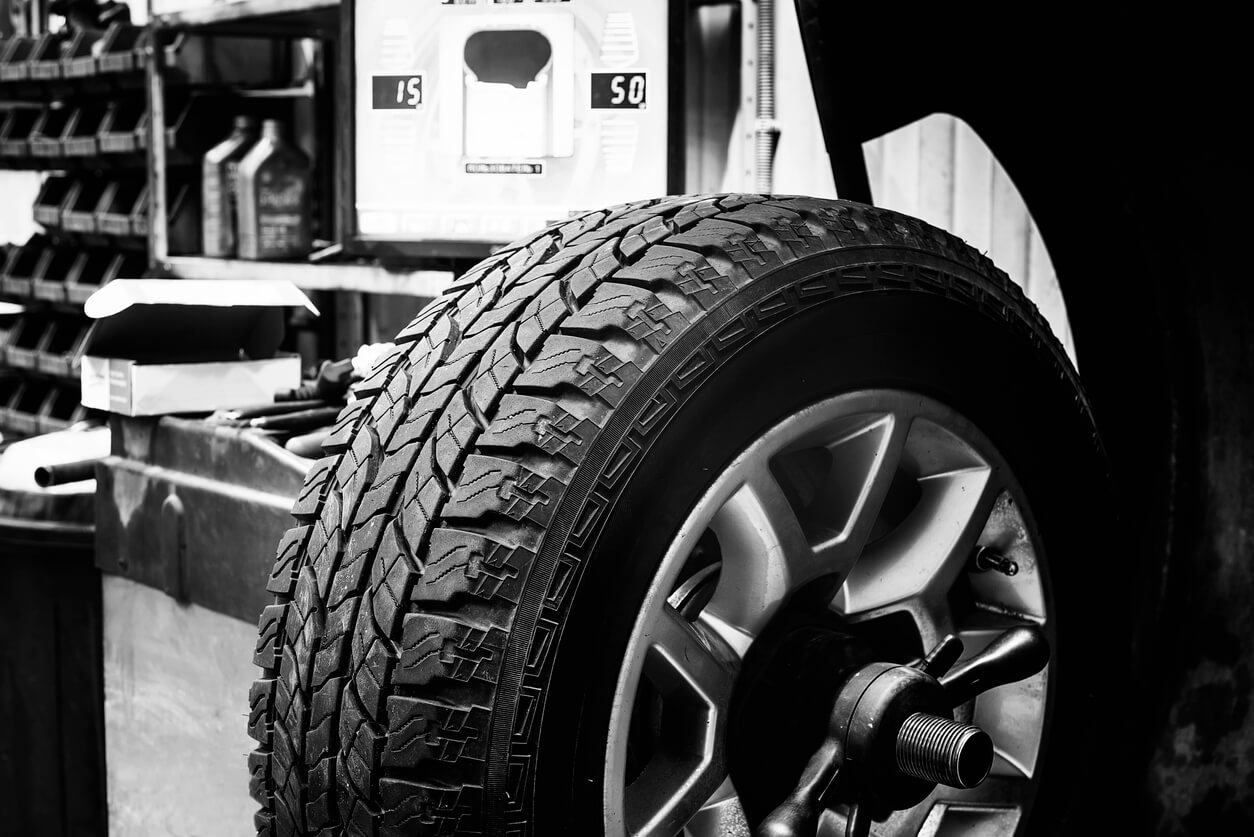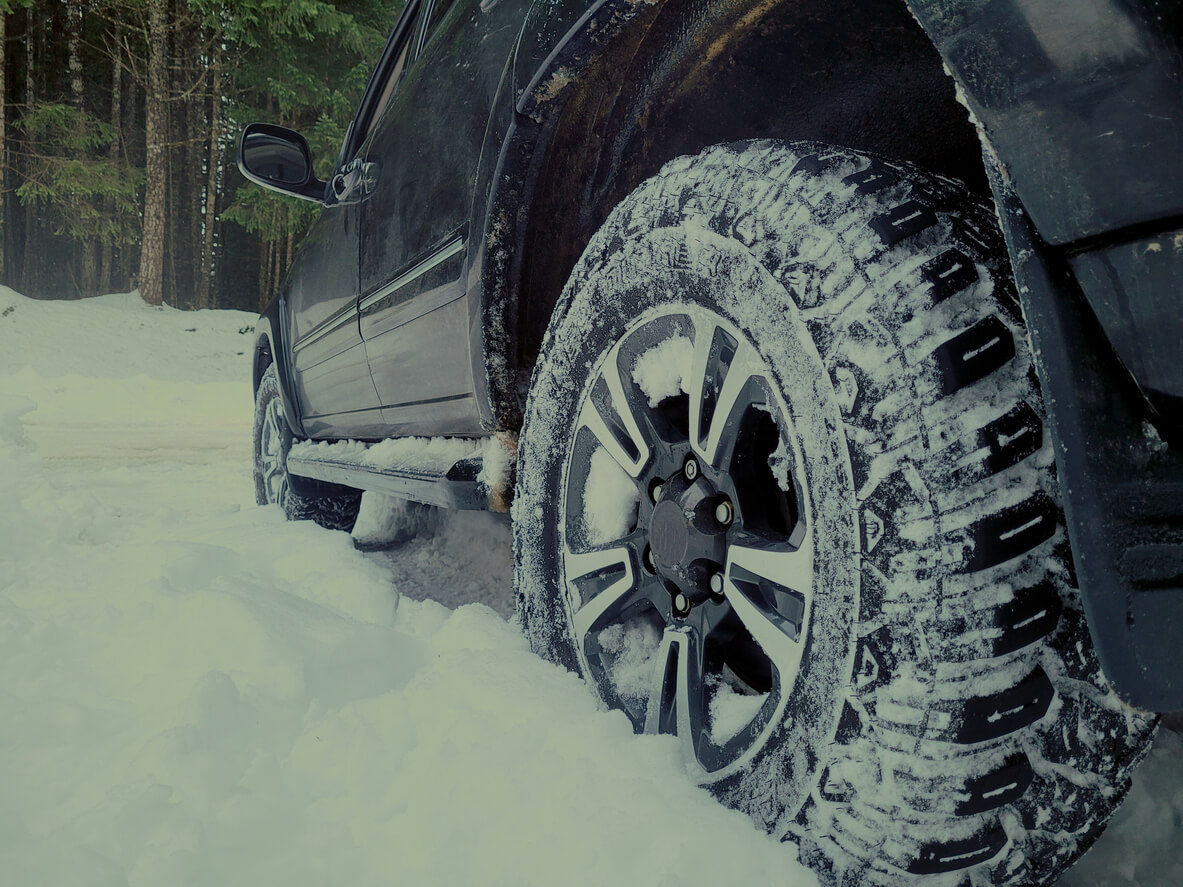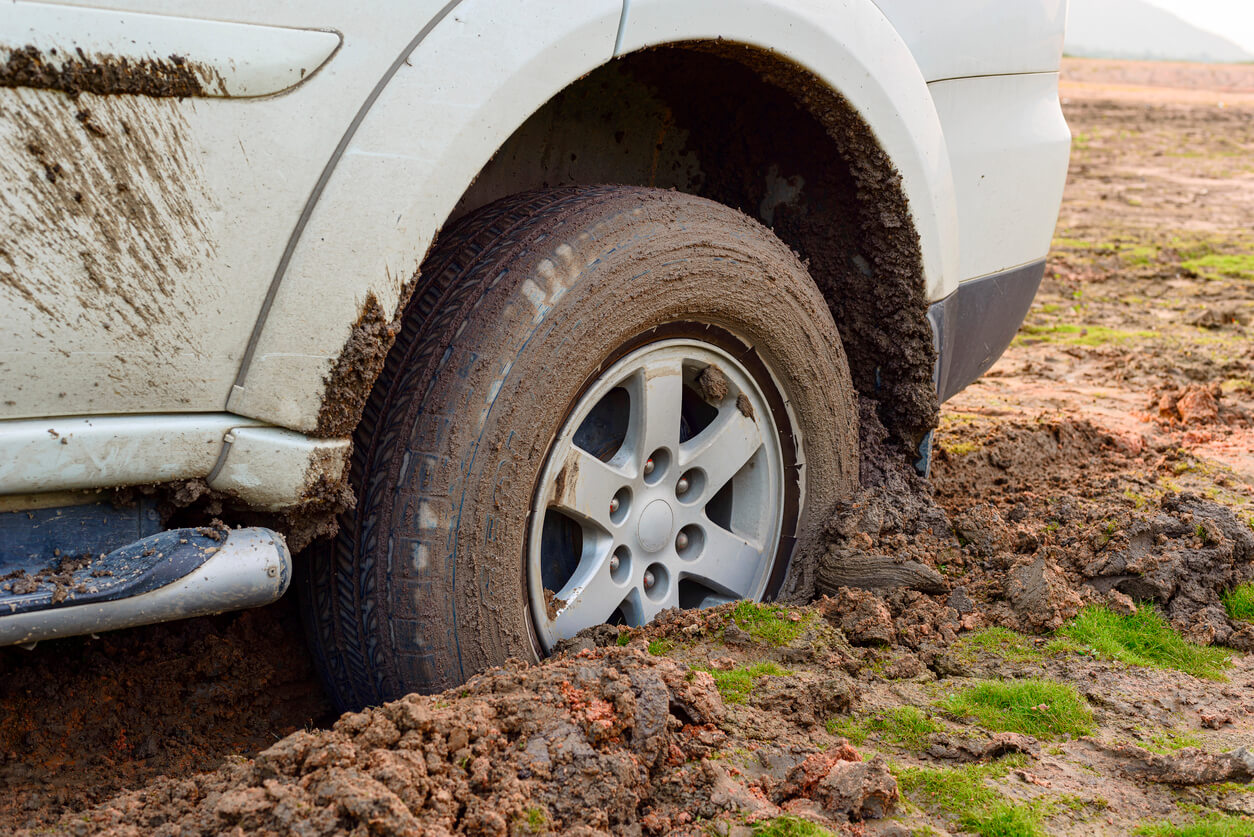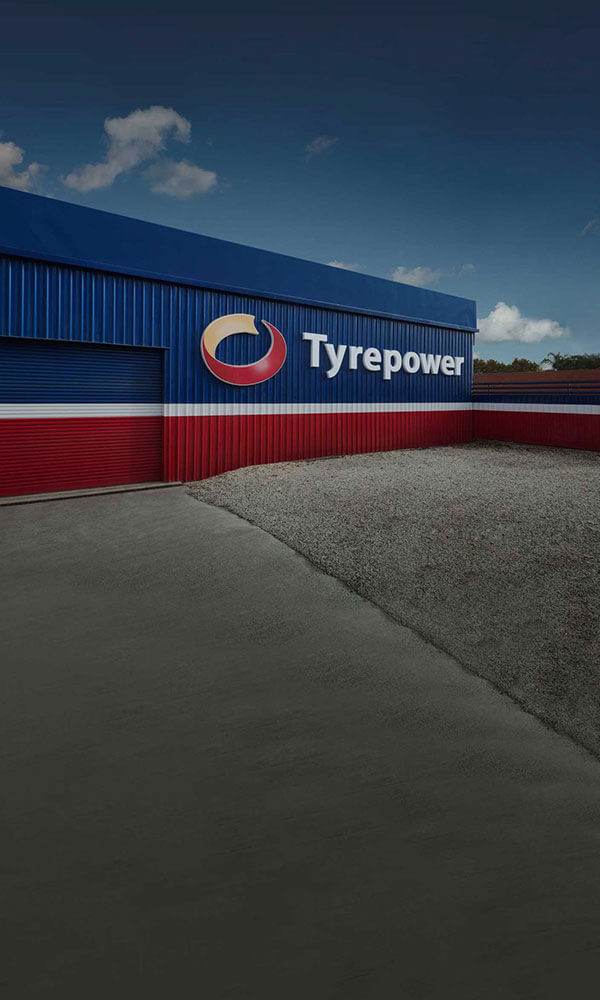Highway Terrains Compared to All Terrains

One of the first upgrades people do to their SUVs, crossovers and 4WDs is to upgrade the tyres to something more aggressive and suitable for off-road use.
Most vehicles come from the factory with some kind of highway-oriented tyre that’s great for road use and is optimised to make a good impression when you test drive the vehicle at the dealer, but is it the best tyre for what you want to do? Should you consider having your tyres upgraded?
Tyre Upgrades
There are many legitimate reasons for upgrading your tyres, including: performance, safety, noise levels, and even for the simple reason of - you want a tougher looking setup.
Regardless of what tyre you upgrade from and upgrade to, there’ll be some amount of compromising. Whether you’re gaining performance in all conditions at a higher price point, or you’re getting longer lasting tyres that perform worse in wet weather, or even much more durability at the trade off of being louder on the highway.
So let's break down two very popular tyre categories for vehicles in the Kogarah region and the surrounding areas and learn more about highway terrain tyres vs all terrain tyres. Keep in mind that we’re not comparing specific tyres against each other, but product categories, and as such, some generalisations have to be made.

Highway Terrain Vs All Terrain
When comparing HT and AT tyres side-by-side, it’s easy to see that a HT tyre has a more conservative tyre tread, but what does that mean?
Let’s break down all the primary measures of a tyres performance and how highway terrain and all terrain tyres perform in these categories.
Tread Design
Just looking at a highway terrain tyre and an all terrain tyre next to each other, you’ll notice that the highway terrain has smaller tread blocks along with smaller grooves between them, while the AT is generally going to have a chunker and more heavy-duty looking design.
The tread depth will also be different, many many ATs offering deeper tread, giving you more tyre to use before you’re down to the minimum legal tread depth for road use.
On-Road Performance
This is where a highway terrain tyre has others beat. The smaller tread blocks with smaller grooves means that there’s more rubber on the road at any given point. This means that they’ll have more confident roadholding in dry conditions when compared to more aggressive tyres such as all terrain tyres.
All terrain tyres, depending on how aggressive the tread pattern is, can perform terribly on sealed road surfaces thanks to the larger tread voids reducing the amount of rubber in contact with the road.
Off-Road Performance
It’s in the name, really. ‘All Terrain’ tyres are optimised to perform well on just about every kind of terrain you’re likely to come across.
While highway terrain tyres are suitable for on road use, when it comes to driving on other surfaces, the larger tread patterns do a much better job grabbing onto the terrain, and providing extra grip. The larger tread voids are more effective at self-cleaning mud and debris from the tyres, while a highway terrain tyre is likely to clog up the treads in mud or dirt.
Something to note is that generally, HT and AT tyres perform better on loose surfaces like sand, where mud terrains and aggressive tyres tend to struggle, digging in and becoming stuck.

Noise
Highway terrain tyres are optimised for on-road use. To that end, most on-road use is at a higher average speed than gravel or offroad that the all terrain is designed for.
The smaller blocks on the tread on highway terrain tyres are optimised for lower road noise. This means lower road noise and drone making their way into the passenger compartment. The opposite is also true, the larger tread blocks and larger grooves in all terrain tyres results in more noise at highway speeds.
Wet Weather Performance
The same tread patterns that make all terrain tyres great for off road is also what makes them poor in wet conditions. The larger tread blocks aren't able to disperse water as effectively as the multitude of smaller blocks can on a highway terrain tyre.
You’d think that the larger tread voids on an AT would be able to compensate for this, but the water that remains stuck under the tread blocks on an all terrain tyre essentially equates to aquaplaning.
Durability
All terrain tyres are, by design, intended to drive across more rugged terrain than most highway tyres. Thicker carcasses, deeper tread and reinforced sidewalls all make up a tyre that is a lot more resistant to the kinds of damage you’re likely to encounter on trails, construction sites, roadwork zones and more.
Longevity
10 years ago, you could make a compelling argument for the durability of all terrain tyres and how long they would last when compared to road-optimised tyres such as highway terrains, but these days they’re within spitting distance of each other, with mid-high end tyres from each category lasting between 60 to 80,000kms on average.
Obviously the figures you’ll get will heavily depend on your vehicle, any modifications it has, the sort of payloads you carry, the terrain you drive on, and most importantly the specific tyre you have.
Fuel Economy
While all terrain tyres lean towards grip in all conditions and terrain types, the narrower focus of a highway terrain tyre allows them to have a more efficient tread pattern, allowing slightly better fuel economy figures.
Aside from just the tyre tread patterns, the compounds used in HTs and ATs differ, too. HT tyres have tyre compounds that provide low rolling resistance and cooler operating temperatures, while an all terrain tyre will have tyre compounds that offer more cut, chip and puncture resistance.
Weight
Because of the more rugged construction, sidewall reinforcements and thicker tread, all terrain tyres tend to be heavier than even the same size highway terrain tyres.
Heavier tyres will make a vehicle feel heavier and more sluggish to respond to steering inputs, as well as slightly increasing braking distances.
Generally, this is more of an issue on passenger cars or smaller and lighter vehicles that are more nimble to start with, but heavier wheels and tyres will work your suspension harder over bumps, potentially resulting in a car that’s not as stable feeling.
To Sum It Up
In summary, while all tyres are black and round, what they’re good at can differ wildly.
Highway terrain tyres are designed to give you a stable vehicle at highway speeds, a smooth, quiet and comfortable ride that can be depended on in both wet and dry conditions.
Alternatively, all terrain tyres forgo some of the on-road sensibilities in exchange for more durability, off road grip, damage resistance and versatility.
What Tyre is Right for You?
Regardless of what vehicle you drive, you should come and see the team at Kogarah Tyrepower for a tyre check as well as personalised tyre recommendations.
Whether you have a Ferrari with hard-to-find tyre sizes, a heavily modified Patrol with 35s, or even a lowered Camry with semi-slicks, we’ll be able to get you fitted with the right tyres to suit your needs.
You can find us conveniently located at 7 Lindsay Street, Rockdale or call us on (02) 9587 3366 to book your vehicle in to see Barry and the team at Kogarah Tyrepower today.


